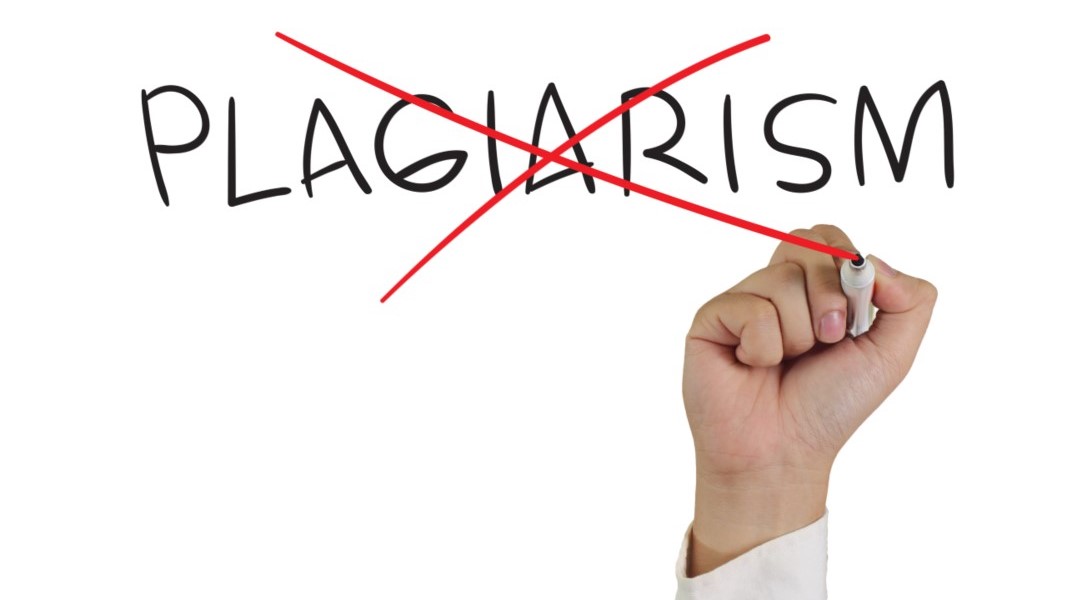PROTECT ONLINE PHOTOS
If you’re trying to stop other people from having the ability to copy your image online Stop now and don’t look for the answer here. It’s not feasible. Everything that is shown to another person could in principle be copied since the information about the image already exists. What you can do can be done to prevent copying harder, and ensure that the terms of your use are clear and let people know that you care regarding image security.
COPYRIGHT YOUR PHOTOS
It is the first thing to make sure that your images are legally protected. Fortunately, in the majority of countries this is automatically done when the photo is made and is also the case in countries like the US, UK, EU and Canada. There is no action required from you and you’ll be able to exercise the necessary legal rights to claim any fees due to unauthorized use.
Although the above should be sufficient for the majority of images on the web However, in certain situations you might be required to register your photo at the U.S. Copyright Office (or similar government entity). This can allow you to recover the legal and punitive damages however, it is likely to be needed for exceptionally high value work.
MAKE PHOTO COPYING MORE DIFFICULT
Each of these methods makes photo copying more difficult for new web users. In each case, you can look at your photo’s HTML source code to understand how to apply each of these features of protection.
Be aware that these techniques require you to be able to modify your site’s HTML code. If it’s not the situation (such as images that are hosted by Flickr, Picassa, etc. ) You’ll need not proceed to the following section.
Hidden Layers. Put the actual image behind a transparent foreground picture. The image online will appear normal, but if anyone is trying to right click to save it, the image will show as a blank foreground image , not the background.
Tiling. Another option is to divide your photo into smaller images. They will appear as a single image, however those who attempt to copy the image will save only one tile at each time. But, the tiled approach will also mean that your web server will be required to offer multiple files instead of one. This can make your site slow to load, and may increase the server’s requirements. Splitting each photo into smaller tiles could take a lot of time and therefore, this method isn’t widely employed.
Try saving one of the two above examples to check out how it works. But both methods of protection can be reverted through screen capture and “print screen” feature, or in instances of the transparency layer by examining the site’s HTML code.
disable right-clicks. This method can be an effective method to let your customers know you’re serious regarding image security and ensuring they are notified of copyright when they attempt at saving the image. Make sure you right-click the image left and you’ll be able to see an alert instead of the typical “save as” menu.
Utilize flash to show the images. This blocks any type of right-clicking or saving in normal browsers. It is possible to implement using the program swfIR. However, users is able to access the original image, if they look at an image’s HTML sources.
Adding a Copyright Notice
People are not required to put an acknowledgement of copyright on their photos to safeguard the image, but are must register copyrights to safeguard the work of others, to prevent those who claim their work to be theirs.
Watermark Your Images
To stop images from downloading to prevent image downloading, you could add watermarks with textual copyright. Another excellent option is to use a semi-transparent images. This is done by watermarking the entire image.
Watermarks can be difficult to remove, and therefore can be effective, however, not all people find them annoying. Therefore, the choice is left to the artist, they want to add watermarks to their photos or not.
Add DMCA Badge
The DMCA offers free protection for websites , as well as the provision of a takedown service the user attempts to reproduce images from other websites without permission from the owner. The DMCA could threaten on owner’s behalf to pursue legal action if anyone uses the images without their permission.
If you put a DMCA badges on your website this will stop the stealing of images by serial thieves . There’s good news that even a free service for watermarking images is readily available. We have discovered that a DMCA plugins for WordPress that adds badges on all pages of your website.
Use Reverse Image Search
It’s real, we can’t always stop people from stealing your pictures However, making a plea to not do the same could stop others from taking your photos.
It is simple to locate various websites using your photos through the use of a simple trick Google uses to display images. To utilize this specific service simply click the image to Google and then select the camera icon in the search box. Once you have clicked, begin search results by image. Users can enter the URL of their website or upload images from their personal computer. The images that have a visual similarity to yours will be displayed. In the event that they are unable to search for an exact picture, they could visit the site and then get in touch with the owner.
Disable Hotlinking
In disabling hotlinking, it doesn’t stop anyone from downloading your images, however it prevents them from embedding them on their own websites.
